Earlier this month, Continental Tyres hosted its first track day at the WABCO Proving Ground in Chennai.
The purpose of the event was to showcase its recent product Ė the Cross Contact H/T tyre:
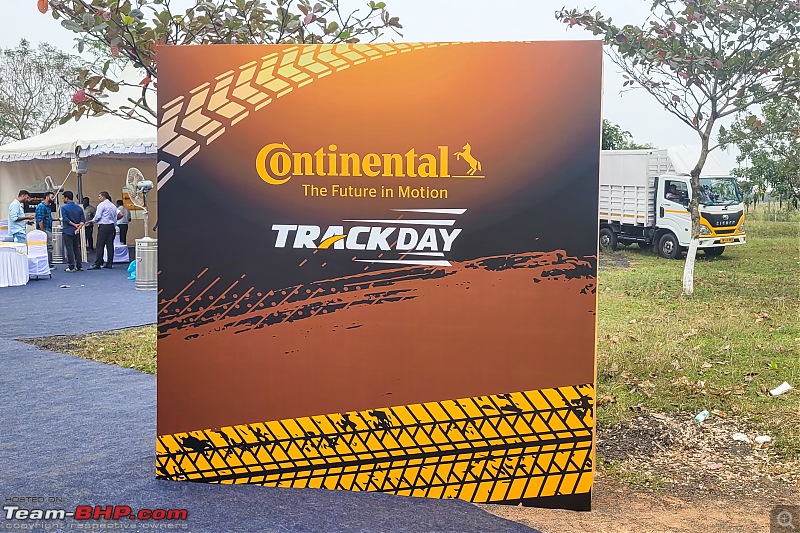
Continental also wanted to showcase its Intelligent Tyres for trucks and buses (two tyres on the left). More on this later:
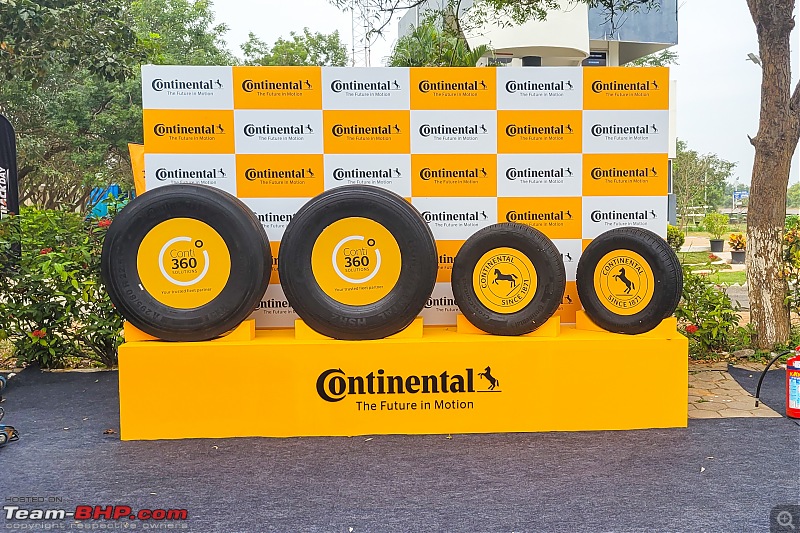
The track experience was only for the Cross Contact H/T tyres that were launched in November 2023. The Highway/Terrain tyre has been developed with a focus on driving on (80%) and off-road (20%). As this tyre caters to the SUV market, Continental had a variety of SUVs for testing:
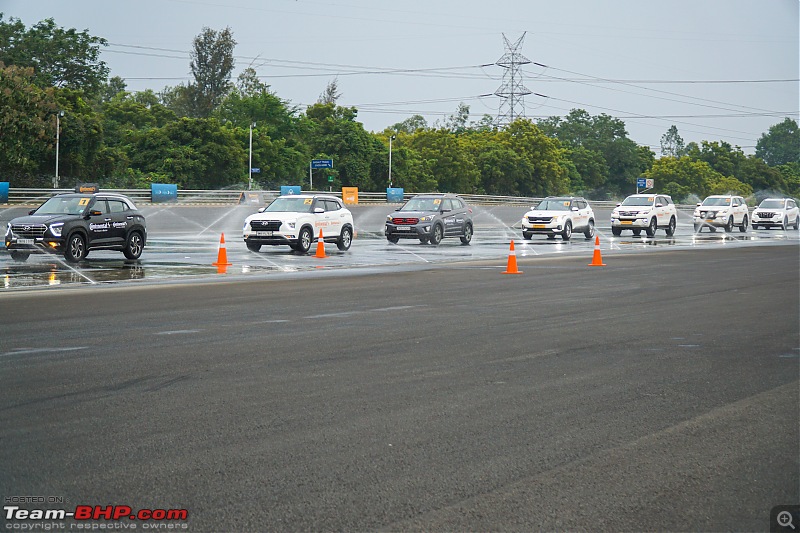
The fleet included monocoque 5-seater SUVs / crossovers like the first and second generations of the Hyundai Creta and the Kia Seltos:
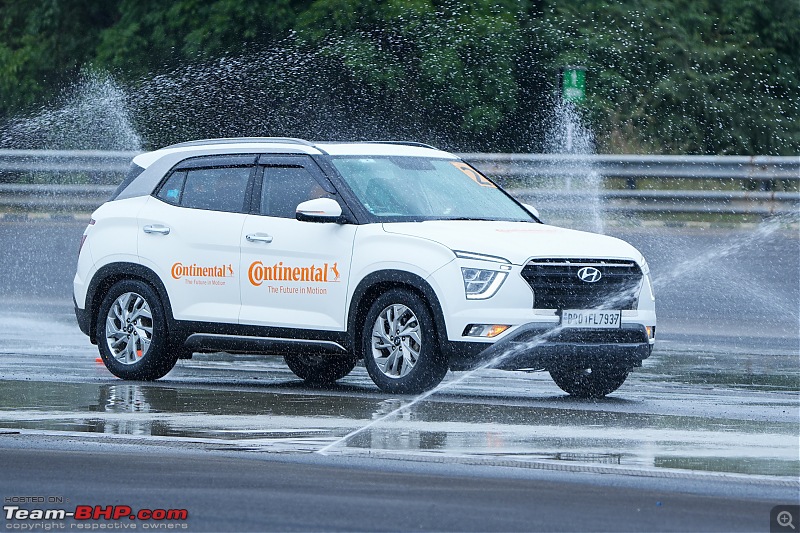
Then, there was a monocoque 7-seater SUV - the Mahindra XUV700:
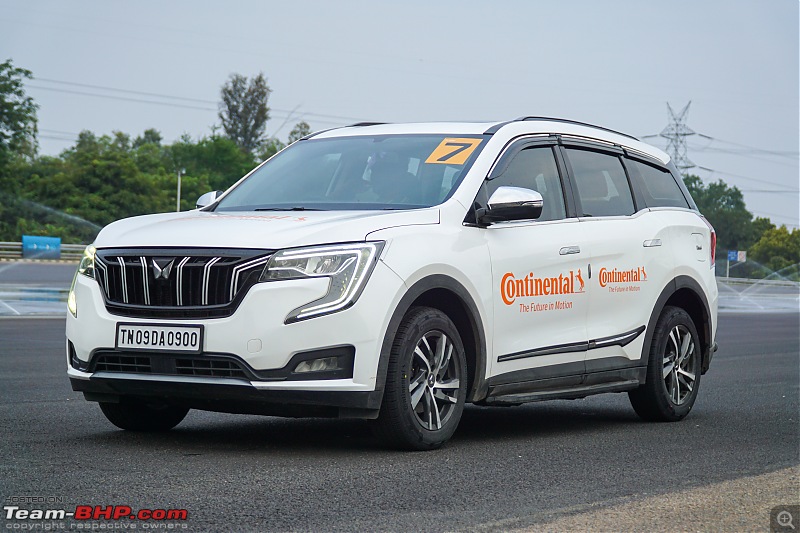
Lastly, there was a body-on-frame SUV - the Toyota Fortuner:

The Cross Contact H/T tyres are available in rim sizes from 15 inches to 18 inches in diameter. Internationally, the range extends to 21-inch rims. The Toyota Fortuner was shod with 265/65 R17 tyres:
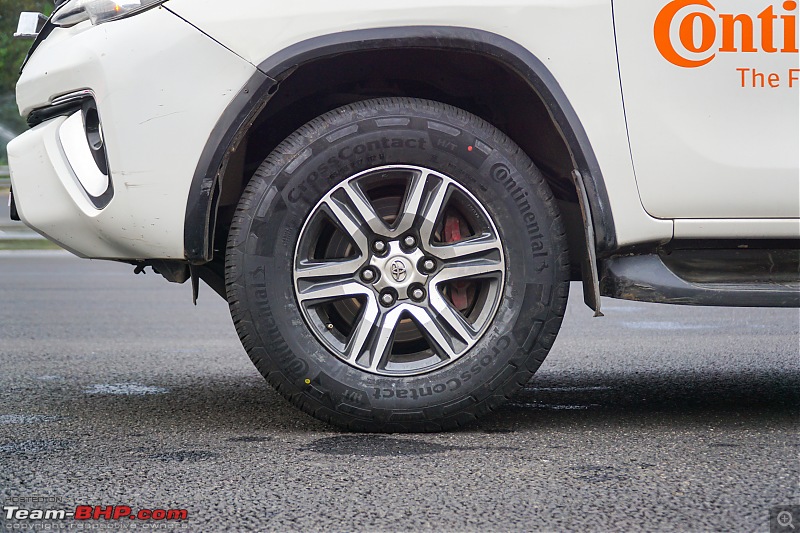
The Cross Contact H/T tyres replace the ContiCrossContact LX 2 series tyres:
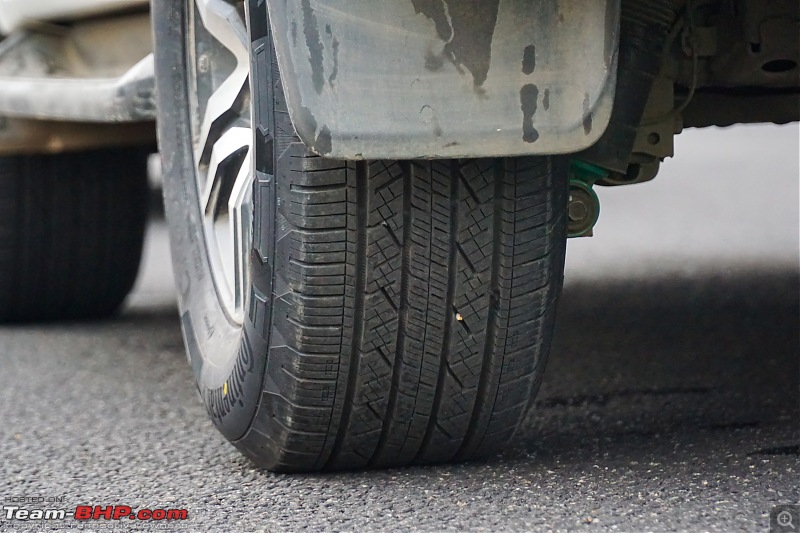
Side-by-side tread comparison of the old ContiCrossContact LX2 and the new Cross Contact H/T:
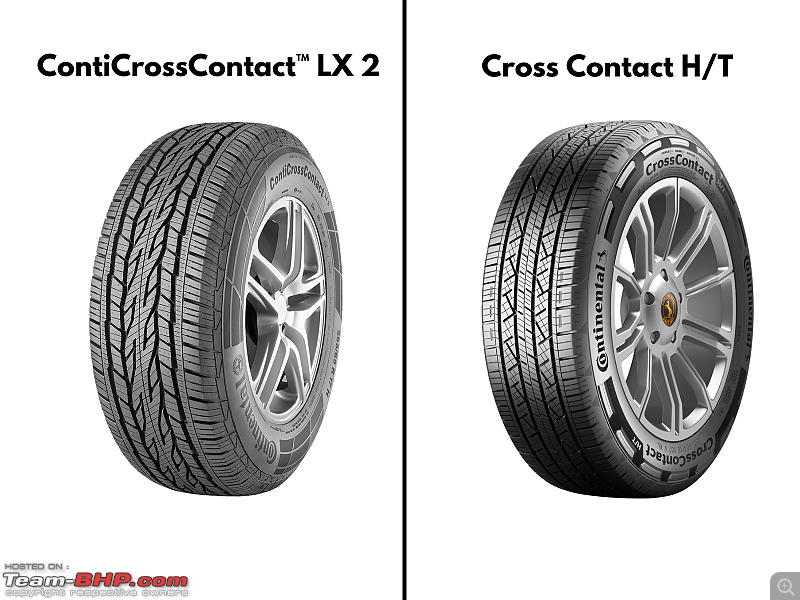
A closer look at the tread pattern of Cross Contact H/T:
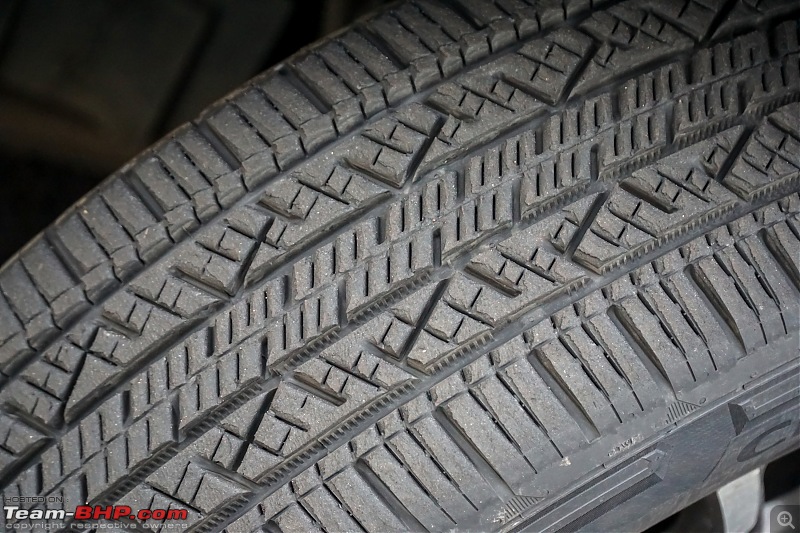
Hereís an interesting feature, the tyres have these indicators on the outside and inside which let you know if the alignment is off. You donít have to wait till you start seeing uneven wear on your tyre. These will let you know immediately if the wear is uneven:
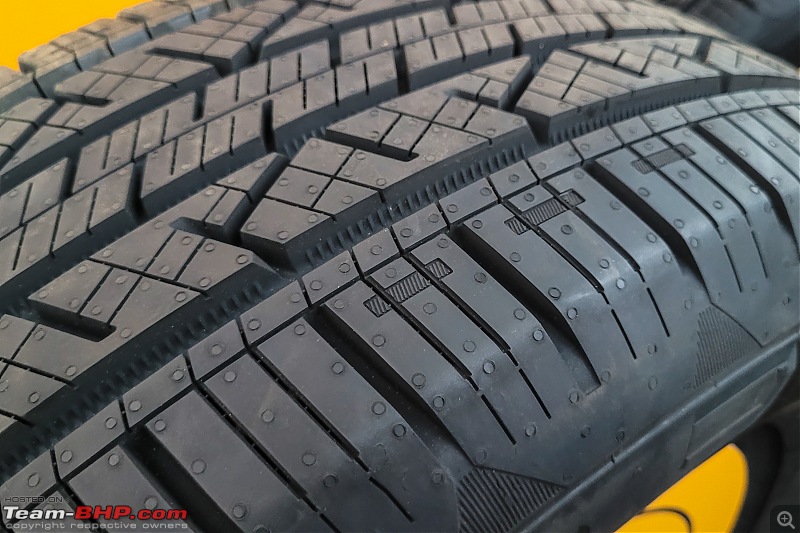
Tyre size and branding on the side. The tyres have started reaching tyre shops and the price for this size (215/60 R17) is Rs. 11,750 in Bangalore:
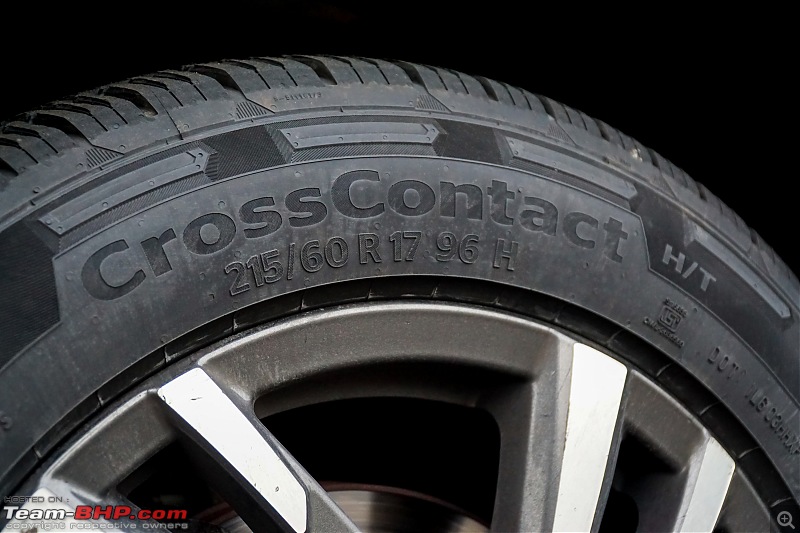
The track day wasnít very extensive, and it focused on highlighting a few attributes of the tyres. First up was the handling experience in a Hyundai Creta where an instructor showed the course and then I got to go around the course. Across the course, the tyres managed to grip well, and the road noise was well controlled. Even on sharp hairpin turns, the tyres just chirped a bit, but the grip levels were pretty good:
Next up was the wet braking test. We had to accelerate and brake in the wet area. The surface was tarmac and water was being sprayed continuously. The idea here was to not jam the brakes in wet, but gradually increase the brake pressure. Heavy braking in wet conditions could send the car spinning when ABS is activate. The surrounding area was very slippery. The tyres performed quite well and there was enough confidence in braking:
Lastly, it was the dry braking test where we hopped into a Toyota Fortuner. We accelerated till 80-90 km/h and braked hard in a straight line after crossing the first set of cones. With body-on-frame construction, the Fortuner, obviously, nosedived hard on hitting the brakes and I had to do a bit of steering correction. But I managed to stop just before the 50 m mark:
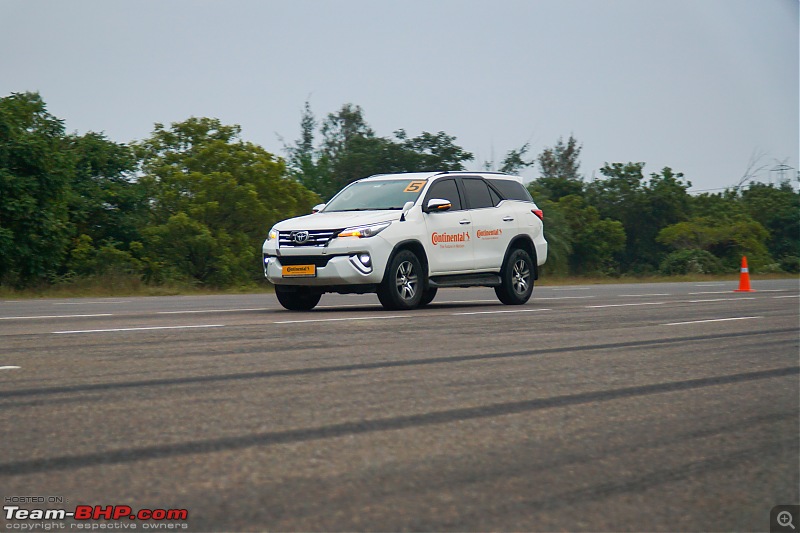
I drove at high speed (~100 km/h) briefly on the straight and on the smooth tarmac of the test track. There was barely any tyre noise. That was it for the track experience:
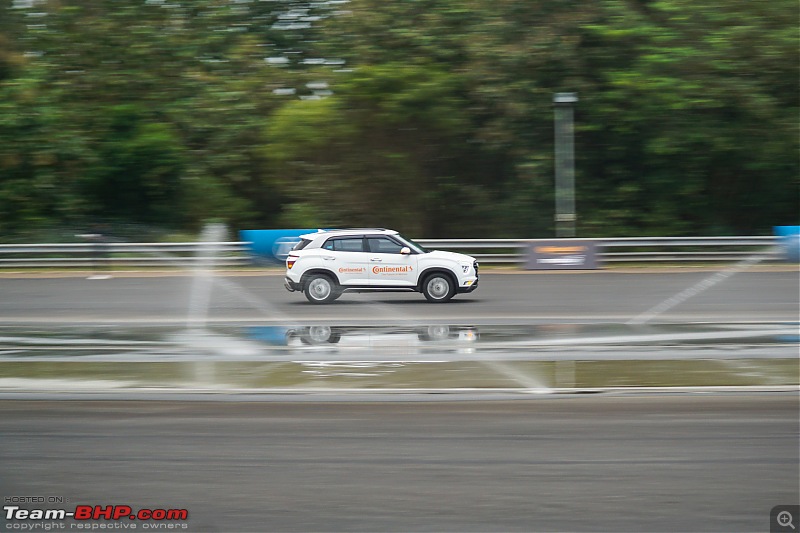
Apart from the track activities, there was a mobile tyre station to swap tyres:
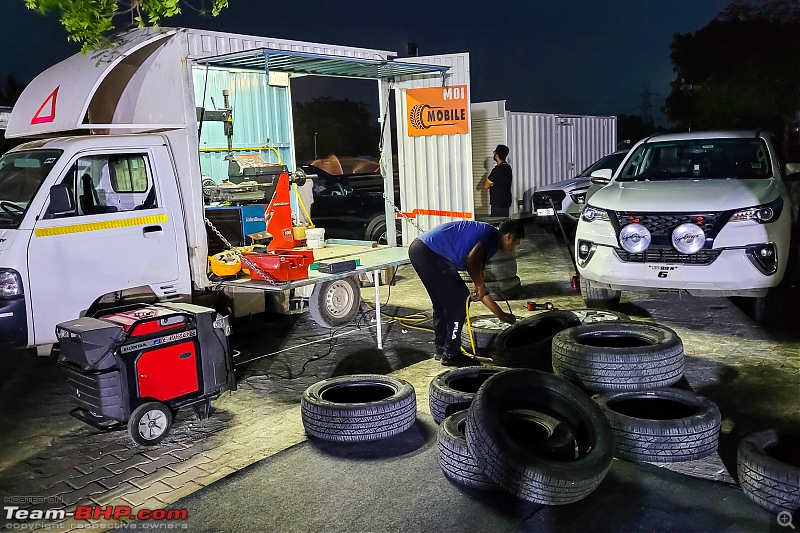
Continental has also introduced Intelligent tyre technology for its commercial vehicles. I didnít get to drive any of the commercial vehicles, so I canít comment on them, but the technology is interesting. It allows the fleet manager to digitally monitor all the tyres of all the trucks in the fleet. It is app-based and provides information like tyre pressure, temperature, mileage and even tread depth prediction. It provides updates in real-time which helps avoid tyre-related breakdowns. Right tyre pressures will also help in improving efficiency and reducing fuel costs:
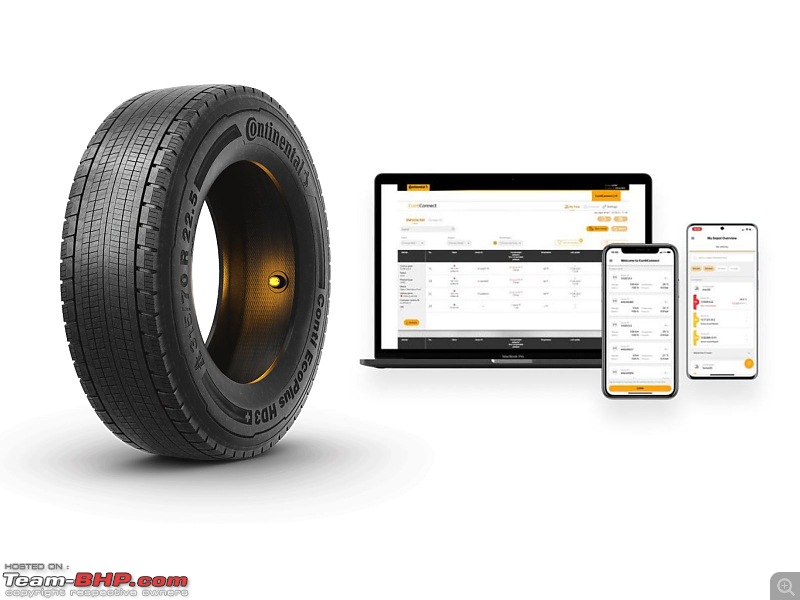 Disclaimer: Continental Tyres invited Team-BHP to its Track Day Event, and covered all travel expenses.
Disclaimer: Continental Tyres invited Team-BHP to its Track Day Event, and covered all travel expenses.
 (4)
Thanks
(4)
Thanks



















